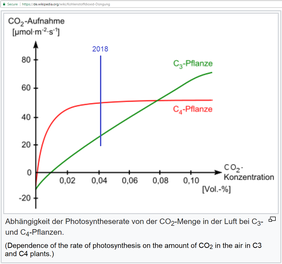Most obviously, it is never smart to bet against Prof. Lindzen -- he's very rarely wrong. 
But, as you saw, both Roy Spencer and I have (roughly) duplicated his result.
The two main processes that remove CO2 from the atmosphere are dissolution into the oceans (per Henry's law), and "greening," which moves carbon from the atmosphere to the biosphere, and is driven mainly by CO2 fertilization, with a well-known response curve:

Both of those mechanisms suggest that the CO2 removal rate should be closely governed by the atmospheric CO2 level.
There are, of course other factors that affect the net CO2 removal rate, such as:
- Regrowth of forests on previously agricultural land in the USA
- Deforestation in Brazil and Indonesia
- Accelerated uptake from technical advances in agriculture (fertilization, more productive hybrids)
- A slight reduction in CO2 uptake by oceans, as the water warms and the dissolved CO2 content increases
- Increased uptake from more widespread vegetation, including greening of arid regions as CO2 makes plants more drought-resilient
- Decreased net uptake due to increased biomass supporting more termites & decay
- Big volcanoes temporarily increasing uptake, by cooling the ocean (global dimming), and/or by fertilizing the ocean and accelerating algae growth
- Russ George
- etc.
However, all of those are probably dwarfed by the two biggies. That implies that, to a first approximation, you can model CO2 removal rate as a simple function of atmospheric CO2 level.
That leads to the conclusion which Lindzen, Spencer & I all reached, which is that if anthropogenic CO2 emissions were to suddenly cease, it would take roughly a half-century to remove 2/3 (or 1-1/e if you prefer) of the anthropogenic CO2 contribution from the atmosphere.
You saw my two little Perl programs, one based on a rough approximation of the net CO2 removal rate as a function of CO2 level, and the other based on Roy's simple model, both of them based on the observed CO2 removal rates.
This was using Roy's model:
2019 410.0 2073 327.3 <== residence time (e-folding time) = 54 years (using 280 ppmv as base) 2079 323.0 <== two-thirds of the anthropogenic CO2 is gone in 60 years (using 280 ppmv as base)
This was my earlier attempt, using a different rough approximation of the CO2 removal rate:
2019 410.0
2070 322.8 <== two-thirds of the anthropogenic CO2 is gone in 51 years (using 280 ppmv as base)
Warmest regards,
Dave
|
|
